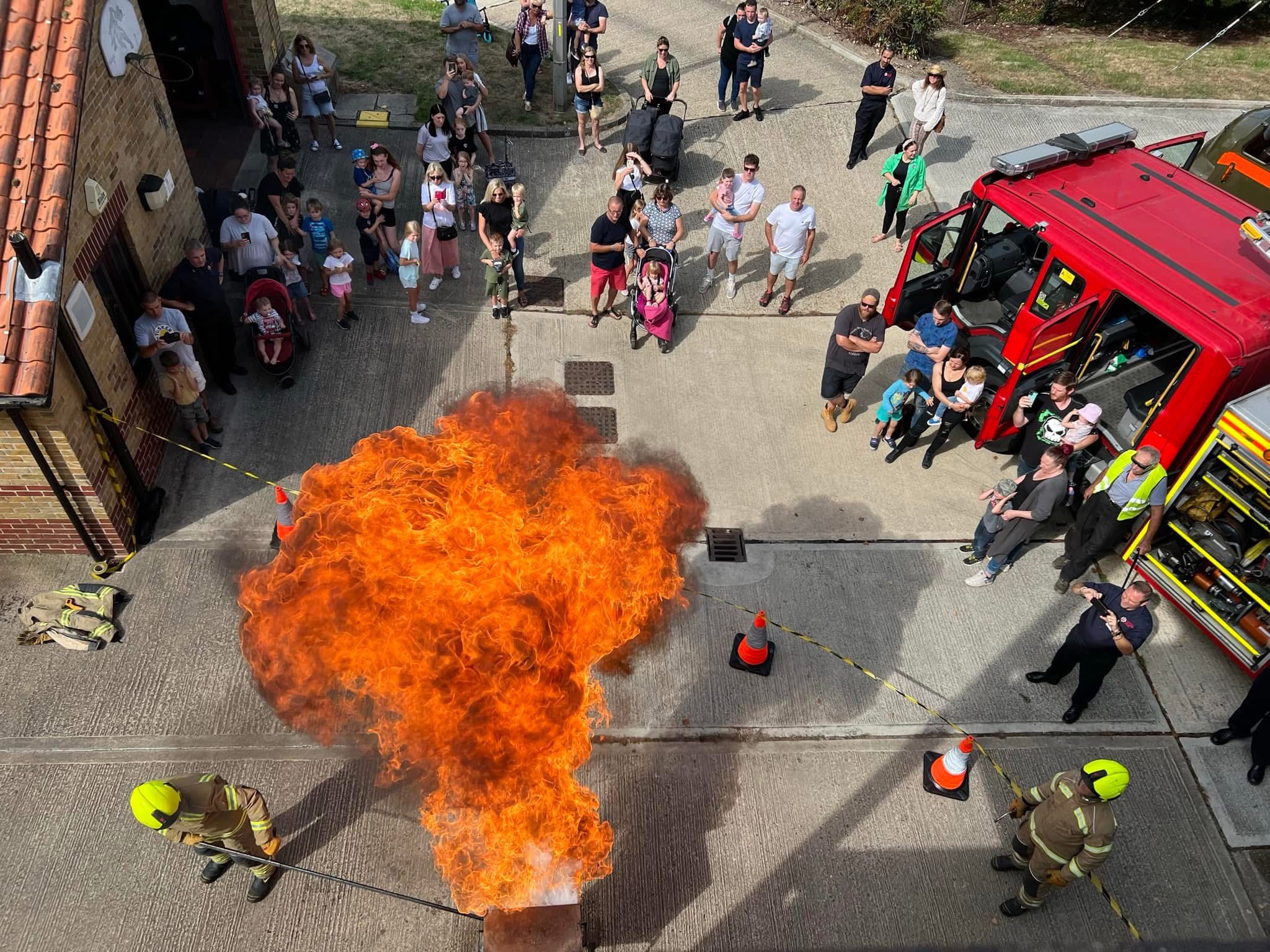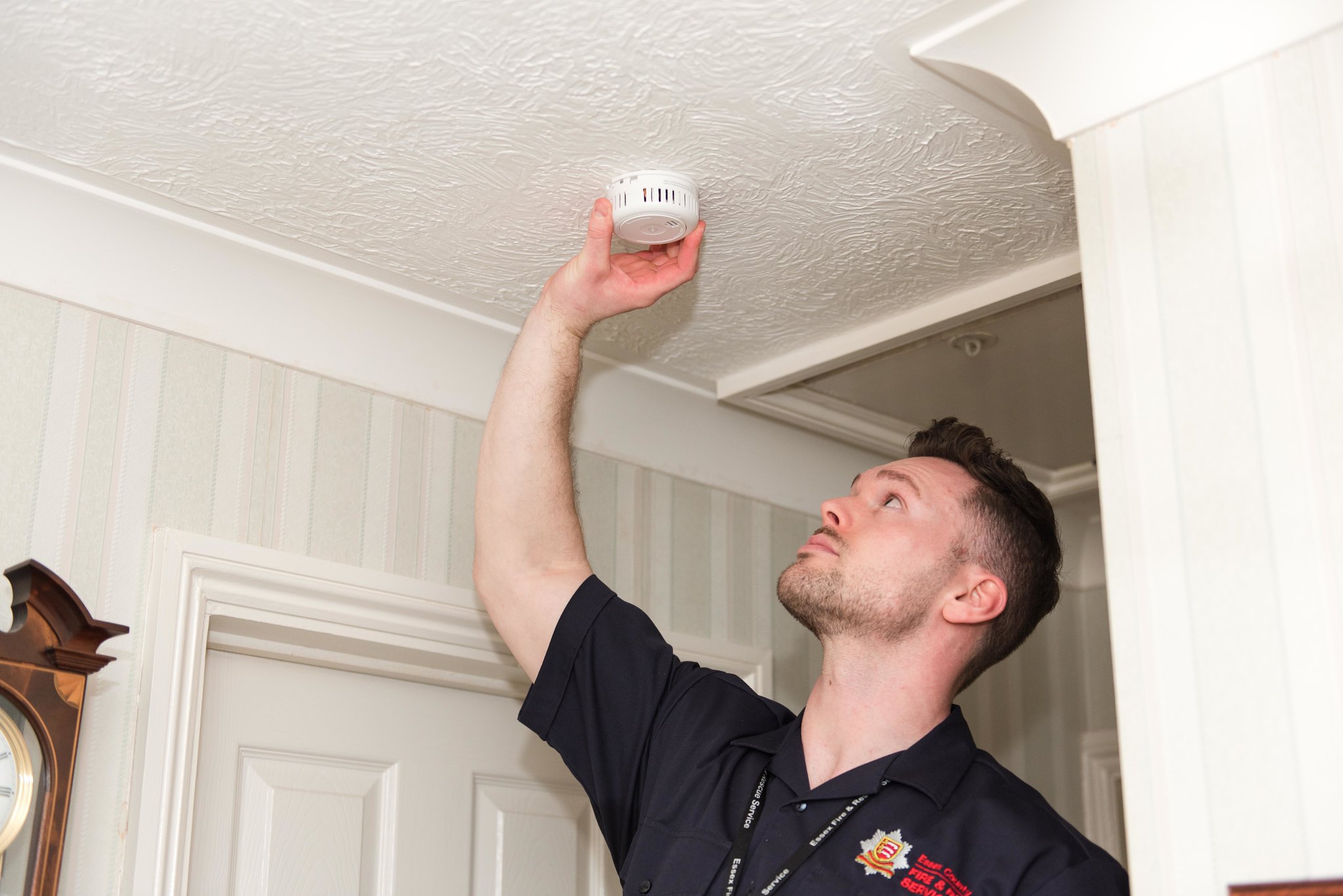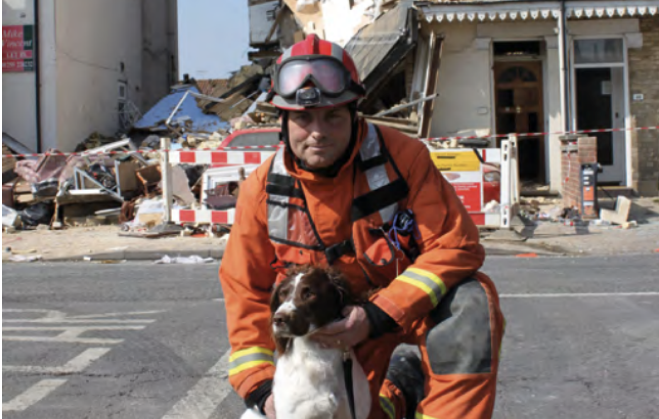Shout!
A short history of fire service terms and slang.
The British fire service has an internal language quite alien to most of the general public. Most of the terms used stem from the earliest times of organised fire fighting and some come from the previous careers of the fire fighters themselves.
Shout
Perhaps the most well known term used within the service is ‘shout’, which is used to describe the need for a fire appliance to respond to an incident. It comes from a time when horse drawn fire appliances raced through our towns and cities en route to a fire. The crews of the engines would shout out to clear the way through the bustling and often narrow streets. The cry was ‘Hi-ya, Hi-ya, Hi’! It is with some pride that the fire service can honestly say they were the first to use the term ‘shout’ when nowadays most emergency services also use it.
On the Run
When a fire appliance is available for a fire call or other emergency, it is said to be ‘on the run’. This could be when standing in the station or mobile on the road. In Victorian times fire engines were pulled by horses and when in the station they were positioned so that there was room in front of them for the horses to stand and be attached to the engine before leaving the station. Some of the engines weighed in at two tons or more. In the larger cities it was common practice for some engines to have horses kept attached to them throughout the whole day. (This was done in shifts for the horses). The area where the horses stood, when ready to move off, was gently inclined towards the doors of the station. As the engine was pulled forward it would reach the slope and roll faster allowing the horses to get it moving and commence the journey. This inclined area was called ‘the run’. Hence if the engine was ‘on the run’ it was ready for a fire call. In the same context, if an appliance becomes unserviceable for any reason it is ‘off the run’.
Duty Man
The Duty Man was detailed at the start of each shift on a fire station. It was his job to sit in the watch-room and receive all calls to the fire station, whether administrative or for emergencies. He had to keep a constant record of what was happening on the station by writing it in the log book (we have many examples of these at the Essex Fire Museum). This included the exact time that everything occurred, whether it was a tea break (‘stand easy’) or a fire call (the times of which were always entered in red). There was a signal system used by the duty man by sounding the call bells in short rings, by which personnel on the station could tell when it was time for ‘stand easy’ or for lunch or for drill times. It was also his responsibility to ‘put the bells down’ if a ‘shout’ was received. To show he was the ‘duty man’ the person nominated wore his best uniform and a black leather belt with a highly polished buckle.
Running Call
When a fire or other incident occurs near a fire station it is sometimes quicker for someone to run to the fire station to summon help. Although this does not happen so frequently in these modern times, in the 1800s and into the early 1900s this was the most common means by which the Brigade would be called out.
The Bells Go Down
There was a time when all fire stations had a call bell system throughout the building so that when there was a fire-call or other emergency, the firefighters (or fireman as they were called then) would be alerted and be ready to respond. This system was first used in the late 1800s and in station watch-rooms there was a large lever on a console which, when pulled downwards, would operate the call bells. Thus the bells would ‘go down’. Even in these modern times with much more sophisticated call out systems such as a siren sound, specific tone or even a soft voice speaking, the call out is still referred to as ‘the bells going down’.
Persons Reported
When appliances first arrive at a fire, the officer in charge makes a rapid assessment of the situation. If there are people needing to be rescued or it is suspected that people are inside the property, a message is sent back to the control room stating ‘persons reported’. This will tell both the control room staff and also senior officers that a search or rescues are likely to be in progress.
Make Up
Before radio communication, this message asking for assistance at a fire or incident would be sent from the nearest telephone or if one wasn’t available, a fireman would be sent back to the station to inform them of the situation. This was sometimes done in ‘horse drawn times’ by a fireman riding one of the horses that had pulled the fire appliance to the fire. The term ‘make up’ comes from the London Fire Brigade’s simple message system which was used from Victorian times. There were basically three ‘two word’ assistance messages. A ‘home call’ message would be sent when four pumping appliances were needed at the fire. A ‘district call’ would mobilise at least eight pumping appliances, but if the officer in charge of the incident required more than eight pumps (fire engines), the number of pumps would be ‘Made Up’ to the number required or a ‘Brigade Call’ could be sent which would mobilise 20 pumps to the incident. After a Brigade Call was received, pumps could be ‘made up’ even further by a message asking for pumps to be ‘Made Up’ to the required number. This system remained in use until the Second World War, when the ‘two word’ system was modified so that the officer in charge of an incident would simply send a message saying ‘make the pumps up to (2 to 100+)’. The ‘make up’ system is still widely used today.
Stand Easy
The fire brigade term for a tea break, usually of 15 minutes duration. The morning stand easy normally occurred at 1115 am and traditionally was the time for consuming ‘wads’ (cheese sandwiches!).
Informative
An informative message is sent back from a fire or incident to give a description of the building involved and the extent to which the fire has involved it, or in the case of another type of incident, details of the current situation. At prolonged incidents several informative messages can be sent.
Stop
The Stop Message is sent from a fire or other incident when the situation has been contained and no further assistance is required. Crews might still be working for some time at the job, but sufficient resources are at the scene.
Naval Heritage
Many of the terms used within the fire service originate from the times when most professional firemen had previously served in either the Royal Navy or the Merchant Navy. As a result many fire stations became ‘ships’ as far as the personnel were concerned. The old time Station Officers from the ‘smoke eating’ era often described the station of which they were in charge of as ‘my ship’.
The Watch
The Watch is the term used to describe the group of personnel that are always on duty at the fire station at the same time as each other. In these days there are four watches, each differentiated by a colour: Red, White, Blue and Green.
‘Knock Off and Make Up’
The term used to tell a crew that they could stop what they were doing and ‘stow away’ the equipment they had been using (replace equipment back onto the fire engine).
‘Get to Work’
An order used to commence an activity, usually on the drill ground, as part of a pre planned drill or exercise.
Aloft
Used to describe anything that is above the ground floor level.
Below
Anything or anyone lower than the level on which a crew were working. Also used to call from the upper floors of a building. Those at ground level would know the call is coming from above them.
‘Up Top!’
Used to call anyone working above ground level.
‘Stand From Under!’
The call used to alert those on the ground that something is being lowered or dropped from above.
‘Rest!’
This term is used to pause whatever action is taking place in order to correct it or change it. Mainly used on the drill ground.
‘Still!’
Possibly the most important order given either at a fire, other incident or on the drill ground. It requires all personnel to freeze where they are and not move. Used when there is an immediate danger of someone being injured.
Stand Down
A period during the day when personnel were allowed to relax and carry out recreational pursuits, whilst still being available for emergency calls.
Line
Although lines are actually various types of rope, ropes do not exist within the fire service, they are all ‘lines’!
Sail-Makers
Another Naval term for a coarse strong string, made from unravelled ‘lines’. Supplied in large balls, ‘sail-makers’ was used for all kinds of jobs around the station.
Make and Mend
A period of time, usually awarded to station personnel as a result of a job done well. They were free from the station routines and could use the time to clean their personal equipment or to generally take things easy.
Mess
The dining room of a fire station.
Galley
The station kitchen.
Heads
The Naval term for toilets. It was in use within fire stations until the war years and on some stations for many years after.
The Nutty Locker!
A store cupboard on the station, run by the personnel, from which all kinds of sweets and necessities could be purchased.
The Water Carnival
All kinds of practical jokes and games were played on fire stations during ‘stand down’ time to ease the boredom in between calls and also as a ‘stress relief’ after difficult or traumatic incidents. The water carnival was probably the most common and usually occurred at the end of a drill period or on a Saturday morning wash out of the appliance bays, when hoses were in use. Many fire station rooms were ‘washed down’ along with their occupants! Hot summer days usually prompted the construction of make shift dams which required filling from the station hydrant. The inevitable misdirected jet from a hose resulted in retaliation and some very wet personnel!
M.J.Beale March 2020


